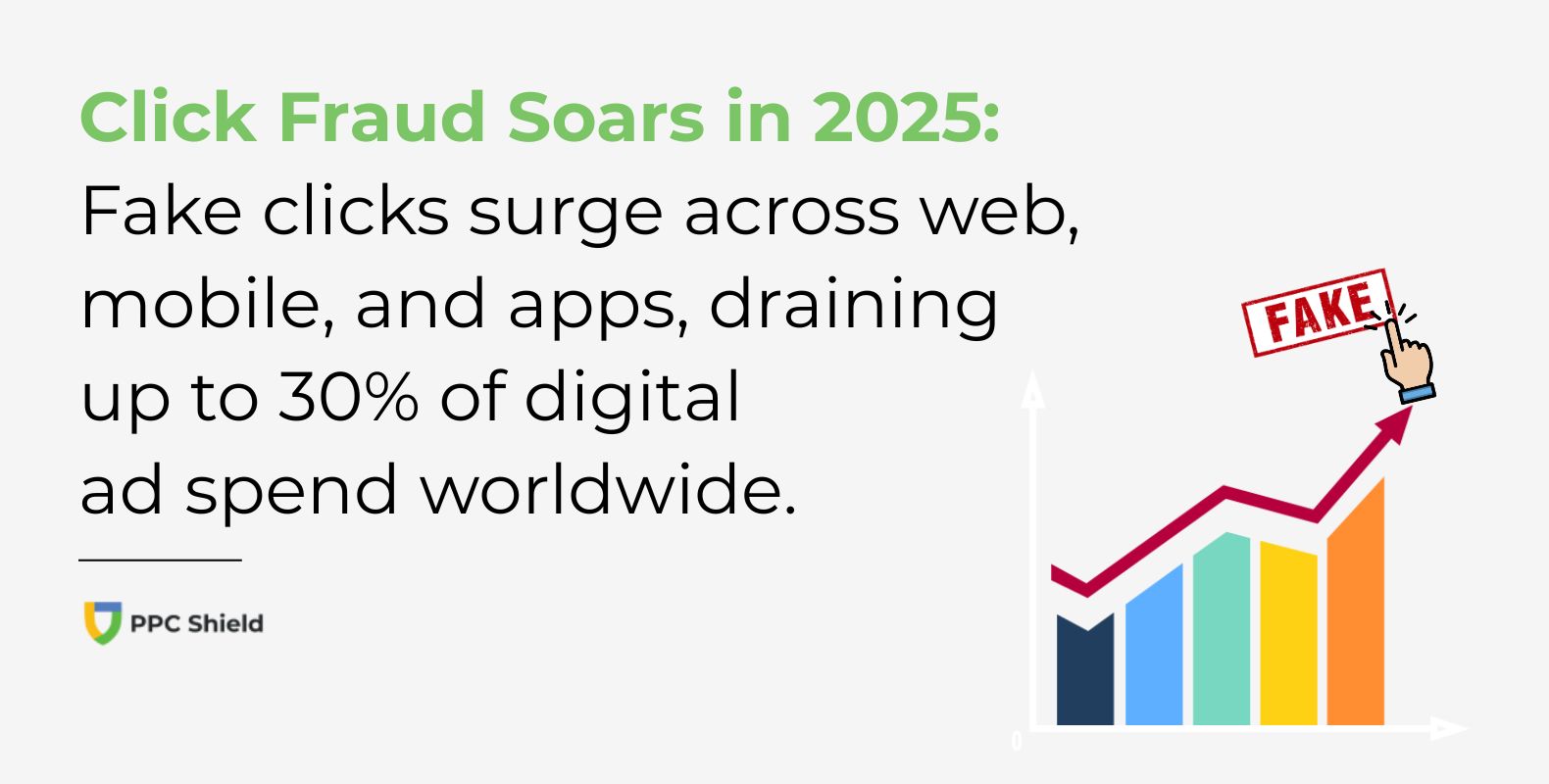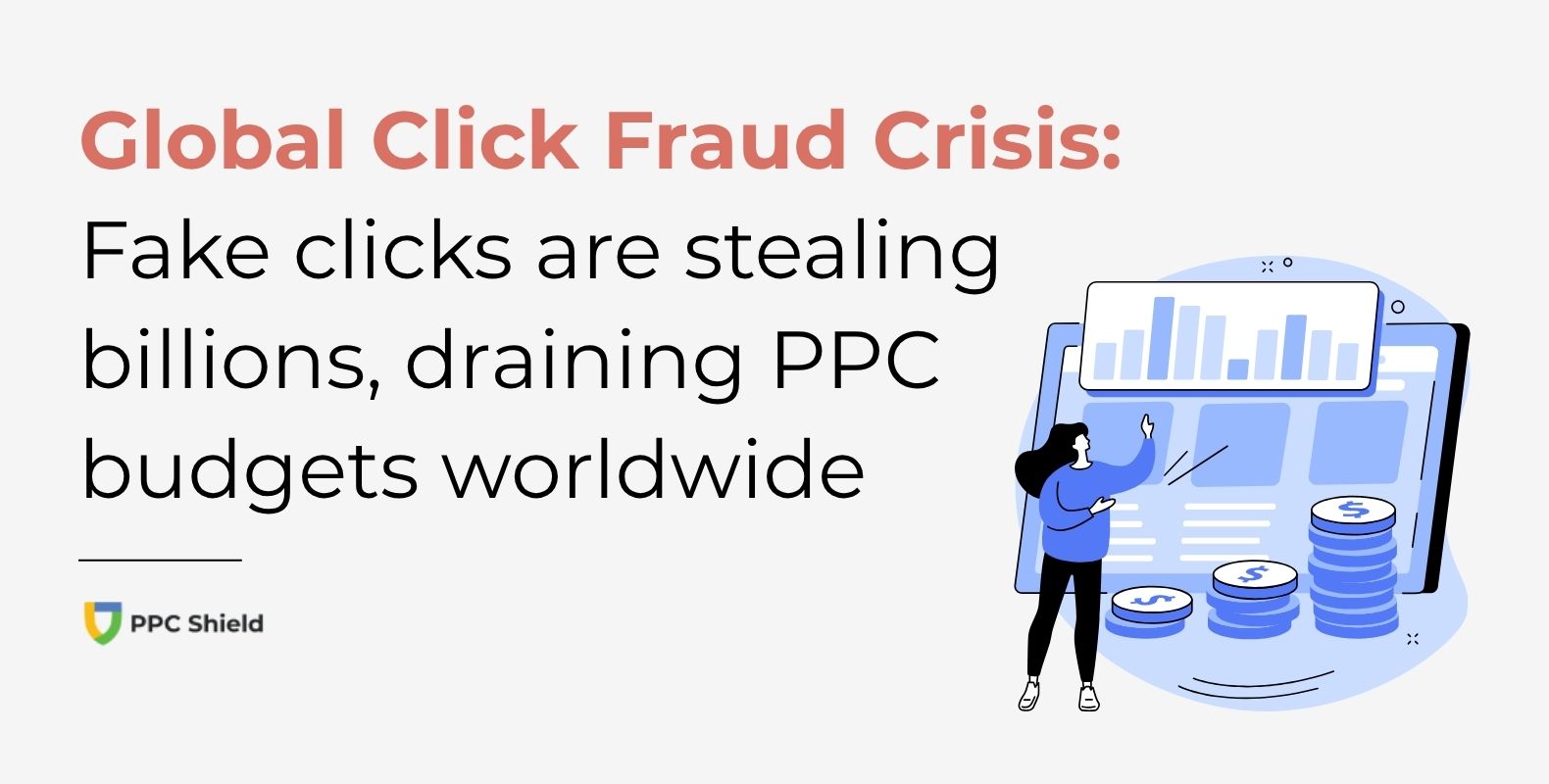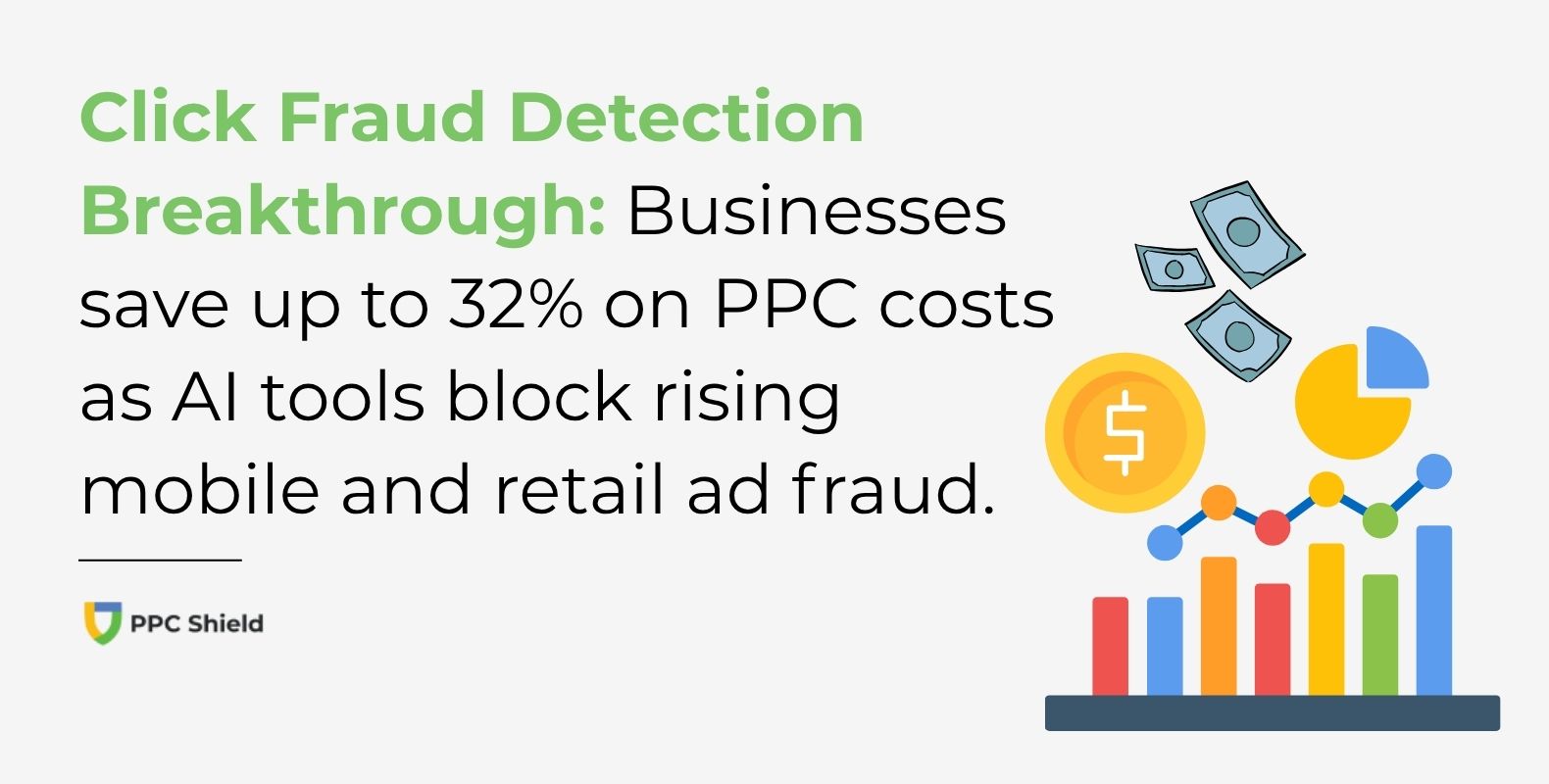The Hidden Threat of Unauthorized Ad Sellers: Q2 2025 Supply Chain Insights
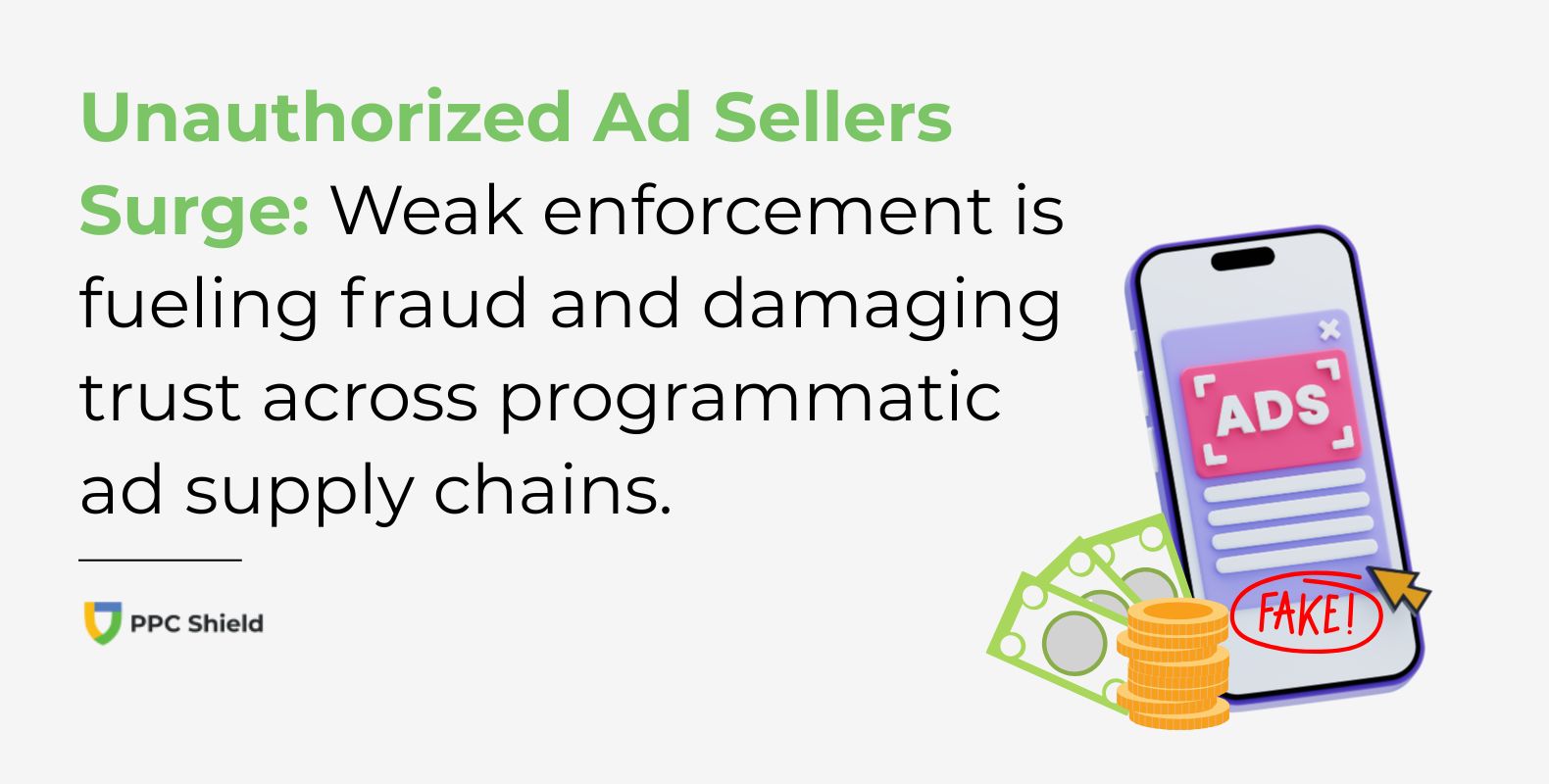
The digital advertising ecosystem continues to grapple with inventory misrepresentation and unauthorized selling, despite the widespread adoption of ads.txt and Supply Chain Object (SCO) mechanisms. The Q2 2025 analysis of over 18 billion programmatic web ad impressions paints a clear picture: enforcement gaps and seller misrepresentation are undermining trust and performance in programmatic advertising.
This report investigates the extent of unauthorized selling in programmatic web traffic, using data from SCO-enabled impressions and ads.txt/app-ads.txt files to assess the accuracy and legitimacy of declared supply paths.
1. 10% of Web SCOs Involved Unauthorized Sellers
During Q2 2025, 10% of all measured web traffic with a Supply Chain Object (SCO) failed verification due to the presence of unauthorized sellers. These include:
Unauthorized direct sellers (entities pretending to be the source).
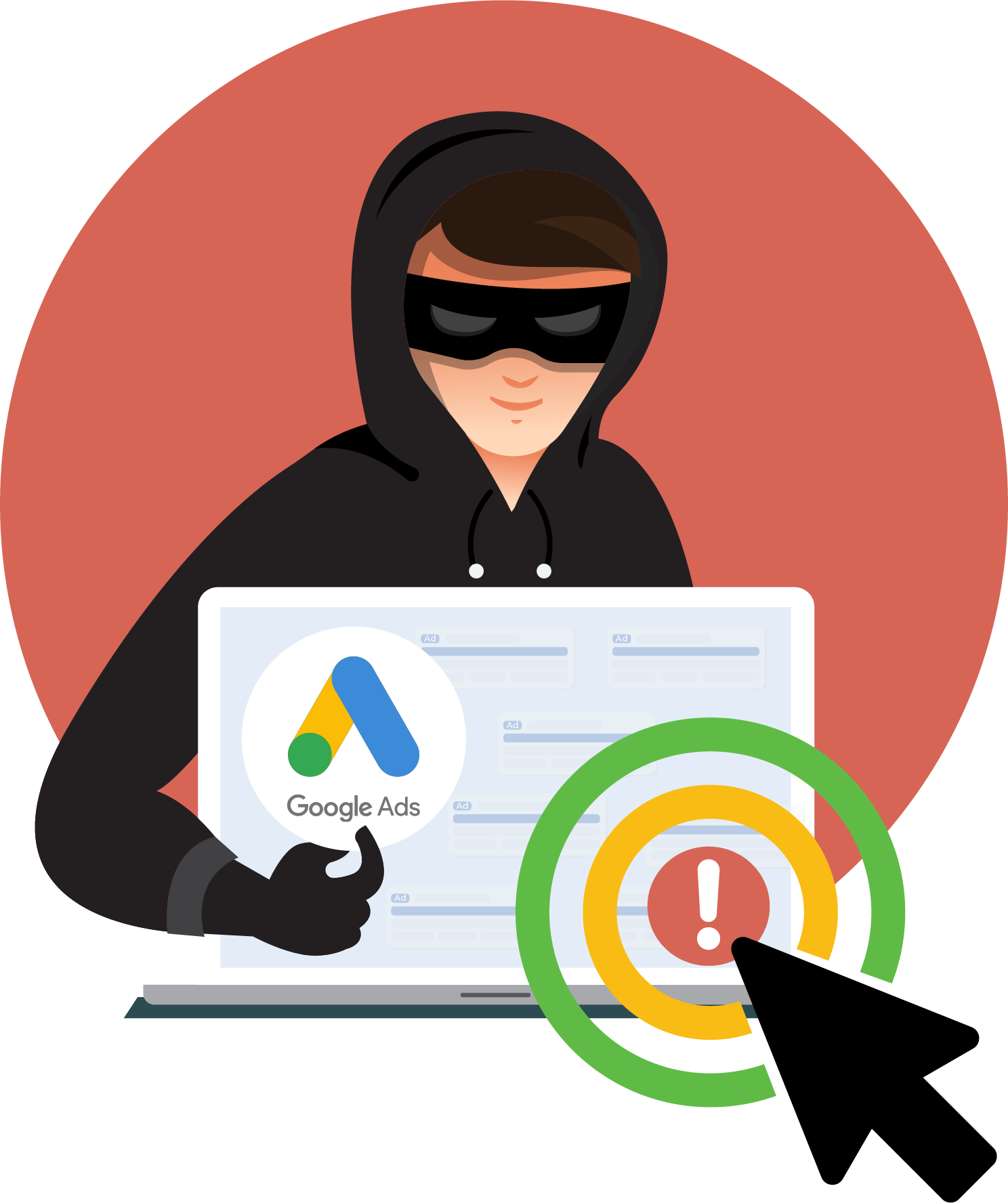
Unauthorized resellers without proper publisher authorization.
Cases with no discernible ads.txt/app-ads.txt files to verify seller legitimacy.
This finding challenges the notion that the current SCO and ads.txt systems are sufficient to safeguard the ecosystem. The integrity of declared supply paths is significantly compromised in 1 out of every 10 cases.
2. 4% of “Complete” SCO Chains Included Fake Direct Sellers
While desktop fraud dominated headlines, mobile web traffic also suffered substantial click fraud in Q2.
The study found that even when the supply chain was marked as “complete” in the SCO—a signal that all intermediaries were supposedly disclosed—4% of those entries were still sold by unauthorized direct sellers.
This is particularly concerning because it suggests that even transparent-looking chains may hide misrepresentation beneath the surface. Such actors abuse the trust embedded in the “complete” flag to sell inventory without valid authorization.
3. 83% Higher Invalid Traffic in Fake Supply Chains
Perhaps the most damaging finding is the correlation between unauthorized selling and invalid traffic (IVT). The report reveals that:
Web traffic with unauthorized direct sellers exhibited an 83% higher IVT rate compared to fully verified supply paths.
This implies that not only are these unauthorized sellers undermining transparency—they’re also strongly associated with non-human traffic, bots, and fraudulent impressions that drain advertiser budgets without delivering real user engagement.
4. Structural Weaknesses in SCO + ads.txt Enforcement
The combination of SCO and ads.txt was designed to add a layer of accountability to programmatic transactions. In theory:
However, the Q2 2025 data shows clear cracks in the system. Many SCOs include nodes that cannot be verified due to:
This enables bad actors to slip through undetected—unless platforms or buyers actively cross-reference and verify.
5. Call to Action: Enforcement & Real-Time Prevention
The findings reinforce the urgency of adopting stricter controls and proactive detection tools. Advertisers, platforms, and agencies can take the following actions:
Automate SCO verification across all bidstreams.
Flag and isolate inventory with unauthorized supply paths.
Use tools to cross-check SCO participants with ads.txt and sellers.json in real time.
Partner with fraud prevention providers like PPCshield.io, which block invalid and spoofed traffic before budgets are wasted.
Conclusion
The Q2 2025 data leaves no doubt: misrepresentation in programmatic ad supply chains remains widespread. With 10% of SCO-enabled web traffic failing verification, 4% of “complete” chains hiding unauthorized direct sellers, and a resulting 83% surge in invalid traffic, the risks are real and growing.
This should serve as a wake-up call to all stakeholders in the digital ad space. Transparency and security are only as strong as the enforcement behind them. It’s time to go beyond policy and invest in verification tools that detect fraud at the source—before damage is done.
Share this post
Use strict whitelist/blacklist policies for publishers and apps.
Sudden spikes in CTR or conversions from unknown placements should raise flags.
Tools like PPCshield.io offer automated detection and blocking of suspicious clicks, allowing businesses to safeguard their budget and data.
Consider avoiding or closely monitoring ad units like 1280×720 on mobile and low-moderation apps.
Markets like Mexico may require stricter controls due to disproportionately high fraud rates.



